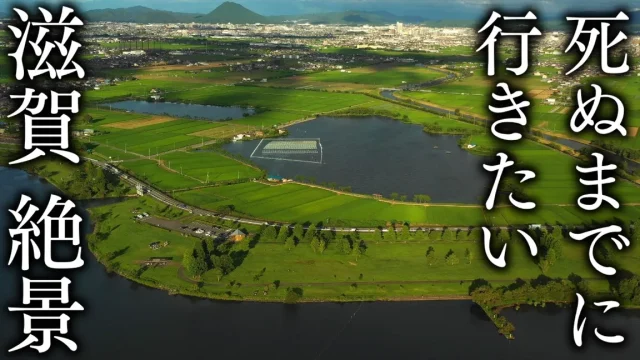Traveling on Mt. Hiei Enryaku-ji Temple, 30spectacular views encountered on foot (access and parking)
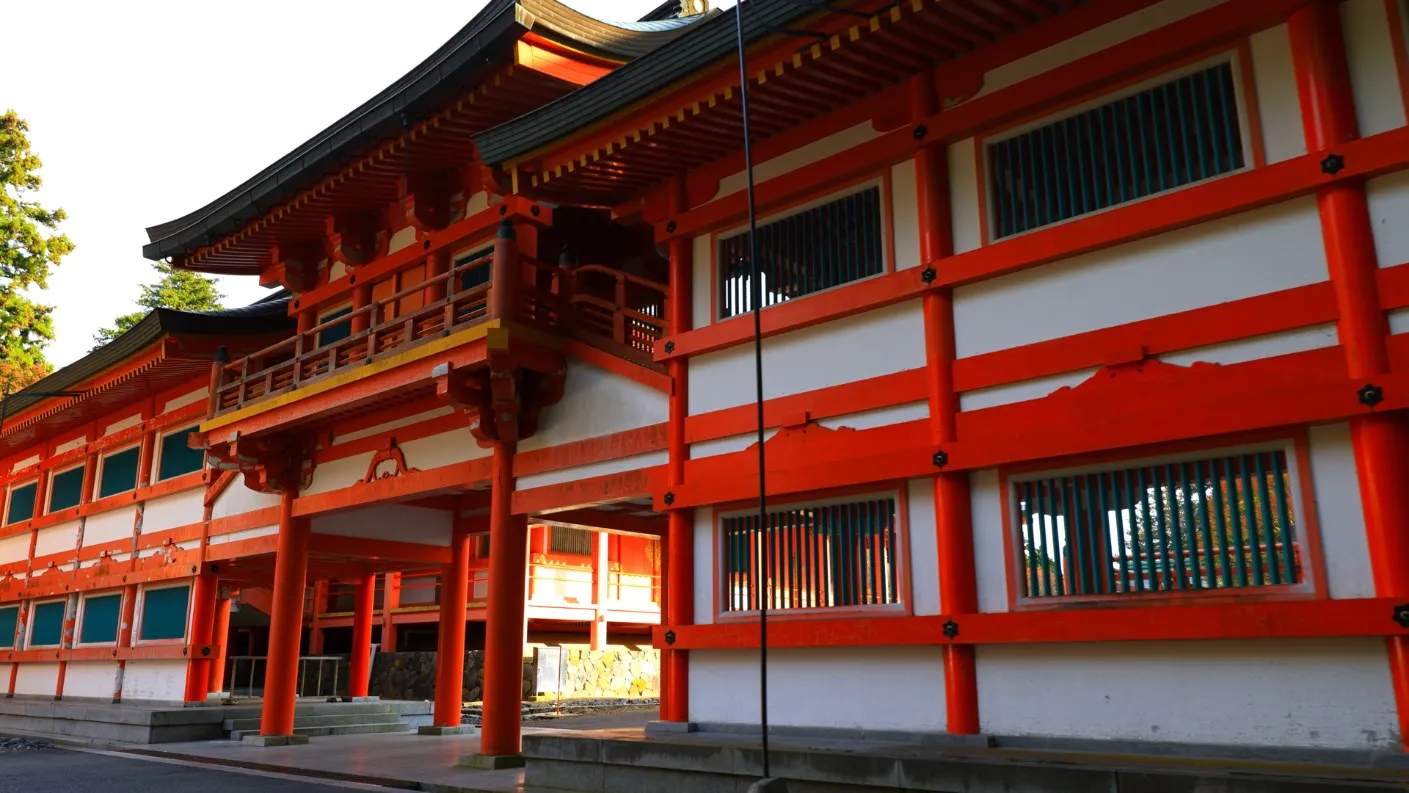
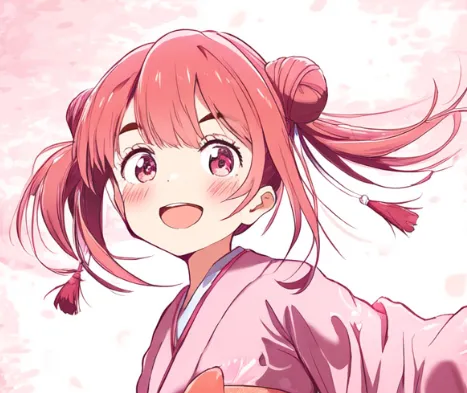
In this article, I’ll introduce some of the most spectacular spots at Enryakuji Temple on Mt.

We are taking pictures on the way on foot from the East Pagoda to the West Pagoda to Yokogawa, so please refer to them.
- Basic Information on Hieizan Enryakuji Temple
- How to get to Hieizan
- Hieizan|Tendai Sect
- Access to Hieizan & Google Map
- Oku-Hiei Driveway Parking Lot
- Sunrise over Lake Biwa from Mt.
- Saisonin temple
- Entrance to the east wing of Hieizan
- Main Auditorium|East Pagoda Area
- Kaiun no Kane Bell World Peace Bell
- Nemoto Center
- Monju Tower
- Act on the Prevention of Unjustifiable Extra or Unexpected Benefit and Misleading Representation
- East Pagoda of Hokke Soji-in Temple
- Scenery encountered on the way from the East Pagoda to the West Pagoda
- Pure Land sect (of Buddhism)
- Tsubakido|West Pagoda Area of Mt.
- Minobuchi Benzaiten|West Pagoda Area of Mt.
- Ninaido/Enryakuji Hokkedo
- Shakado Hall|West Pagoda of Mt.
- Distinctive Jizo
- Approximately 1 hour walk from the West Pagoda to Yokogawa parking lot
- From the West Pagoda to the Yokogawa Parking Lot
- round-leaf cedar
- 1.6 km to Yokogawa Chudo
- Hieizan Yokogawa Area|Parking
- Ryugaike Benzaiten Shrine
- center of a riverbank (centre)
- Belfry of Yokogawa
- Hieizan Museum of Treasures
- sanctum sanctorum
- Chopstickszuka Benzaiten Shrine
- Hieizan Gyoin
- Shiki Auditorium (Gansan Daishi Hall)
- Rinzai Shrine (the outer shrine of Ise Shrine)
- Yokogawa Jokoin
- mausoleum of the three great masters of the Genzo era (Gozan-daishi, Gozan-ji)
- Video shows the spectacular view of Shiga Prefecture
- Mysterious Power Spot
- Kansai/Kinki Region
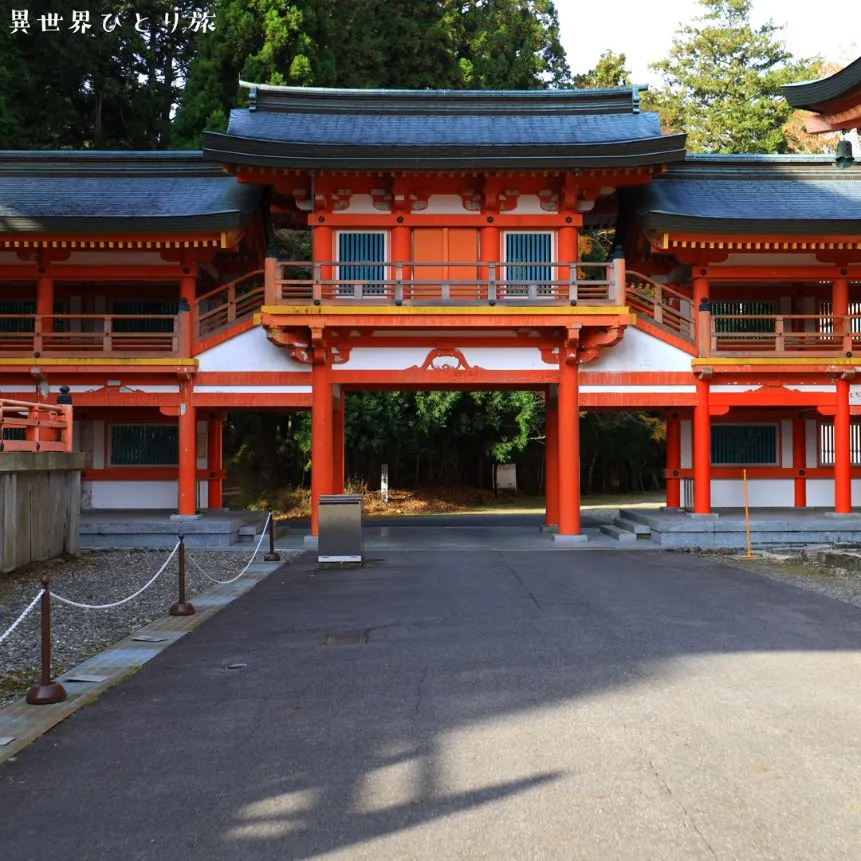
| Address. | 4220 Sakamoto Honmachi, Otsu-shi, Shiga 520-0116 |
| Hours of Operation | March-November 8:30-16:30 December 9:00-16:00 January-February 9:00-16:30 |
| Parking lot | Available |
| Cost | Adults: 1000 yen Junior high and high school students: 600 yen Elementary school students: 300 yen *Discounts available for groups of 20 or more |
| Website | https://www.hieizan.or.jp/ |
1. the mother mountain of Japanese Buddhism
- Location: Border of Kyoto and Shiga
- Importance: Contributed to the development of Japanese Buddhism and produced many high priests
- Evaluation: Revered as “the best mountain in Japan” by Jien
2. enryakuji temple, hieizan
- Function: A temple for world peace and tranquility, a place of study and training
- Role: Producing and expanding the influence of patriarchs and high priests of all branches of Japanese Buddhism
3. beautiful natural environment
- Location: Overlooking Lake Biwa, the largest lake in Japan, to the east and the ancient capital of Kyoto to the west
- Characteristics: A scenic beauty spot and a place of quiet practice and study
4. UNESCO World Cultural Heritage
- Year of registration: 1994
- Reason: Highly valued for its 1,200-year history, traditions, and natural environment
5. access and sightseeing
- Transportation: easily accessible with cable and driveways
- Activities: Various hall visits, nature walks, visits to historical sites, etc.
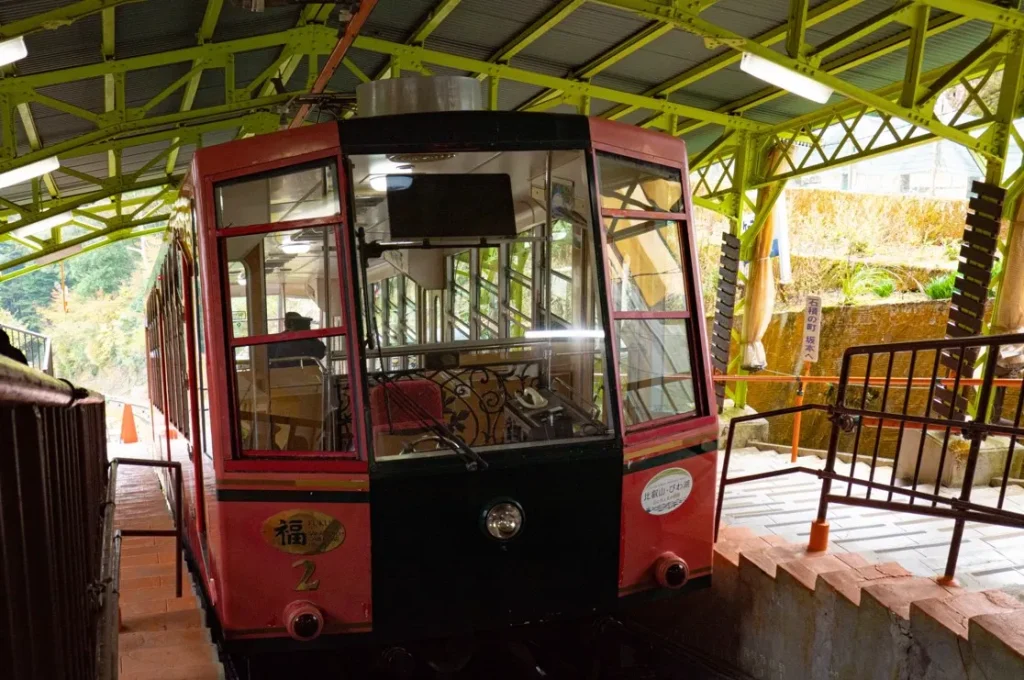
- automobile
- cable car
Hieizan|Tendai Sect
- Founder of Tendai Sect: The Tendai Sect was founded in 806 by Saicho (Dengyo Daishi).
- The Life of Saicho:.
- Born in 767 in Mitsu, Sakamoto, Shiga Prefecture.
- At the age of 12, he began training as a monk.
- He became an official monk in 785.
- In 788, he founded the Ichijyo Stupa (later known as Nemoto Chudo) on Mt. Hiei.
- Studied in Tang (China) and studied Chinese Tiantai doctrine, Zen, and esoteric Buddhism.
- In 805, he returned to Japan and began spreading esoteric Buddhism in Japan.
- Doctrine and Impact:.
- Based on the teachings of the Lotus Sutra, Saicho believed that all people could become Buddhas.
- In 806, the Tendai Sect was officially recognized and established as an official sect.
- After the death of Saicho, the temple developed as Enryakuji Temple on Mt. Hieizan. Later heads of the temple contributed to the development of the sect.
- Cultural Impact:.
- The teachings and shomyo (Buddhist music) of the Tendai sect also influenced traditional Japanese culture and music, as well as Noh and tea ceremonies.
- The influence can be seen in classical literature such as “The Tale of Genji” and “The Tale of the Heike.
- Hieizan as a place of learning: From the Heian to Kamakura periods, prominent monks such as Honen, Eisai, Shinran, Dogen, and Nichiren studied at Hieizan and later became the founders of their respective sects.
- History of Hieizan: Over its more than 1,200-year history, Hieizan has continued to serve as a center of faith, despite the many challenges it has faced.

The Tendai sect is one of Japan’s Buddhist sects with a deep history and a very important place in the history of Buddhism and culture in Japan.
The center of the temple, Enryakuji Temple on Mt. Hieizan, is an important sacred site in the Buddhist world in Japan and a cherished destination for many monks and believers.

Parking is free, but there is a toll in the driveway.
Oku-Hiei Driveway Parking Lot
This time, we start here.
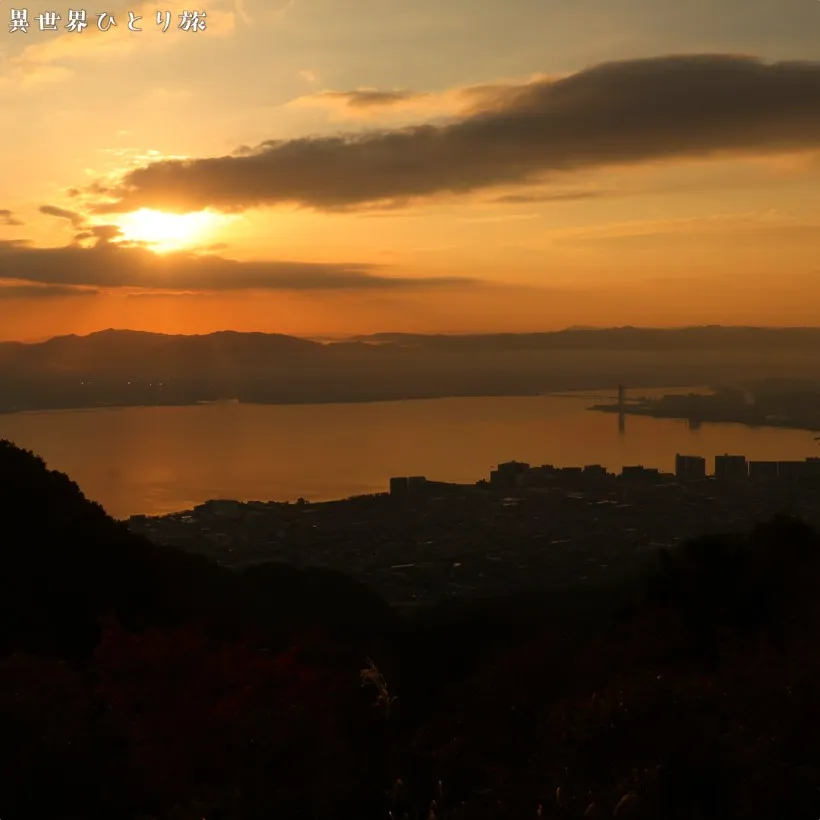

I had some time before the opening of Mt. Hiei, so I took this picture.
The morning view of Lake Biwa from Mt. Hiei was very beautiful.

This will be the “Saisonin-do” that you will encounter as you climb up from the cable car.
I had some time before the opening of Mt. Hiei here too, so I stopped by.
Entrance to the east wing of Hieizan
The Enryakuji Bus Center, located in the East Pagoda area, serves as a stop for many visitors to Hieizan.
Shuttle buses and local buses can be used to travel to the summit of Hieizan, the West Pagoda, and the Yokogawa area, providing an efficient way to explore this area.
The Sakamoto cable also provides access to Sakamoto, a place that can be called the lower boundary of the city, and its transportation is very convenient.
This is the pay area from here.
I didn’t realize it until I drove up, but I had to wait quite a while because at this time of the year, you can’t enter the mountain until 8:30am.
Had I known this fact, I probably would have come by cable car.
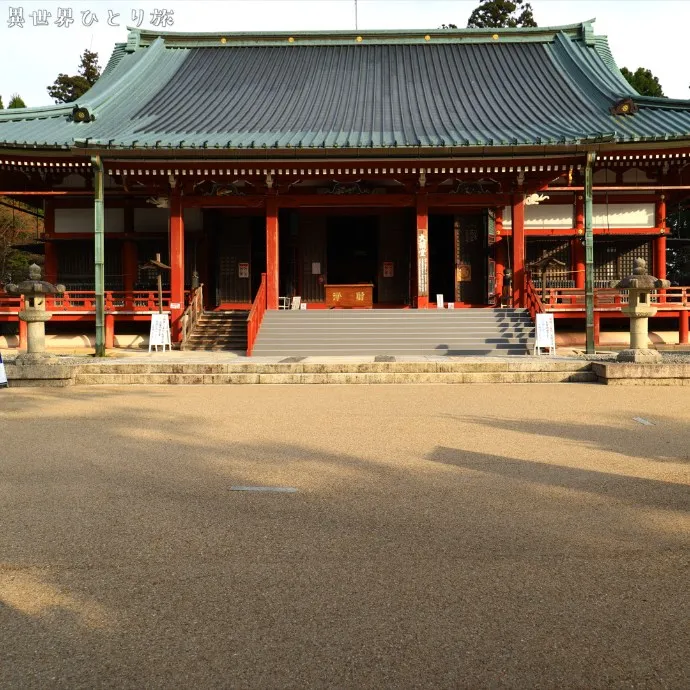

The main lecture hall enshrines many important monks, especially the founders of various sects, and is the place where many Buddhist memorial services and lectures are held, where many practicing monks and believers study, pray, and practice.
Functioning as a shukubo, Enryakuji Kaikan offers visitors a more in-depth and practical experience of their stay in this sacred place. The facility is used by many seekers and interested people because it offers meals and lodging as well as the experience of living and practicing asceticism there for a certain period of time.

The East Pagoda area was the place where the great teacher Saicho pursued the teaching of Issyo and practiced cessation of sight, and many believers and visitors still come to feel its spirit today.
The first place you will encounter is the main auditorium.
It is very powerful.
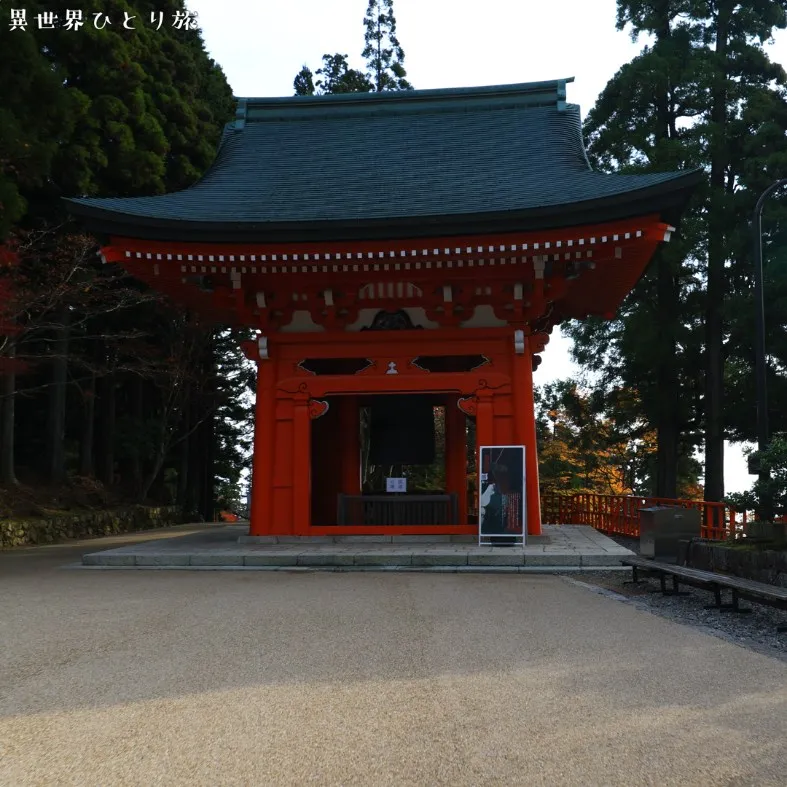
The Bell of World Peace is located by the main auditorium.

The Nemoto Chudo is the centerpiece of the East Pagoda, where the teachings of Issyo and the philosophy of Saicho live on.
It is said that Saicho carved Yakushi Nyorai as the principal image and that this is where he himself meditated and practiced Buddhism.
Here, visitors can experience the teachings of Saicho and his deep faith, as well as the atmosphere.

I wanted to go inside, but photography was prohibited.
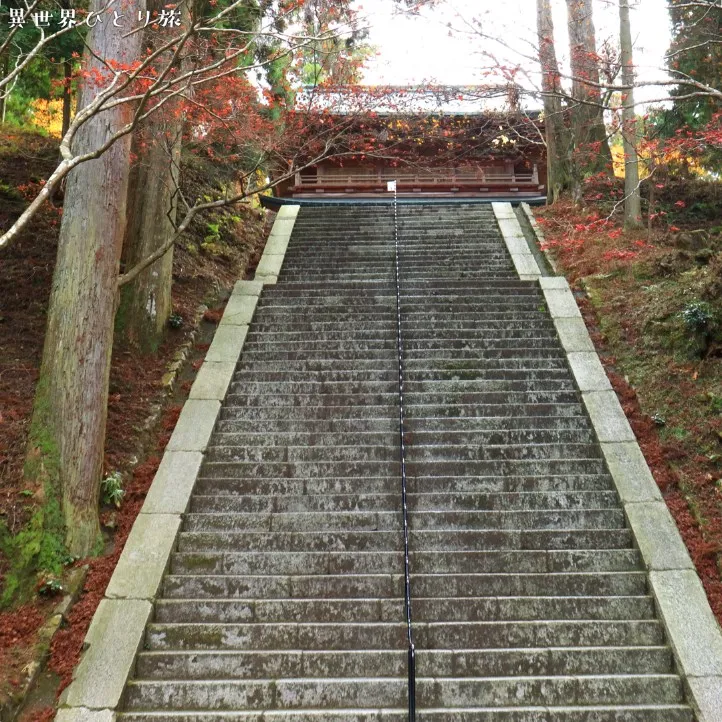
It is located on the opposite side of the building from Nemoto Chudo.
It is a long staircase.

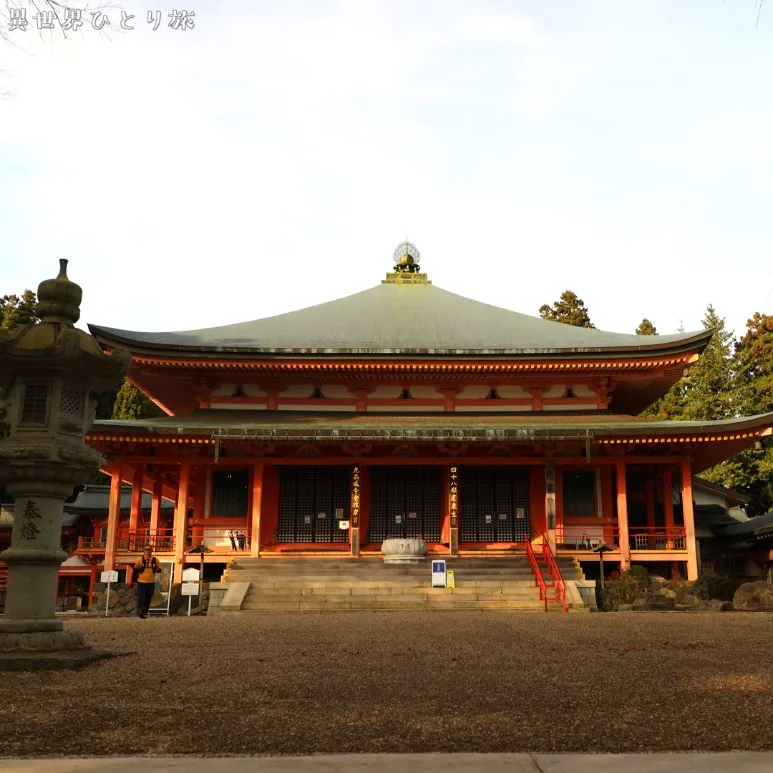
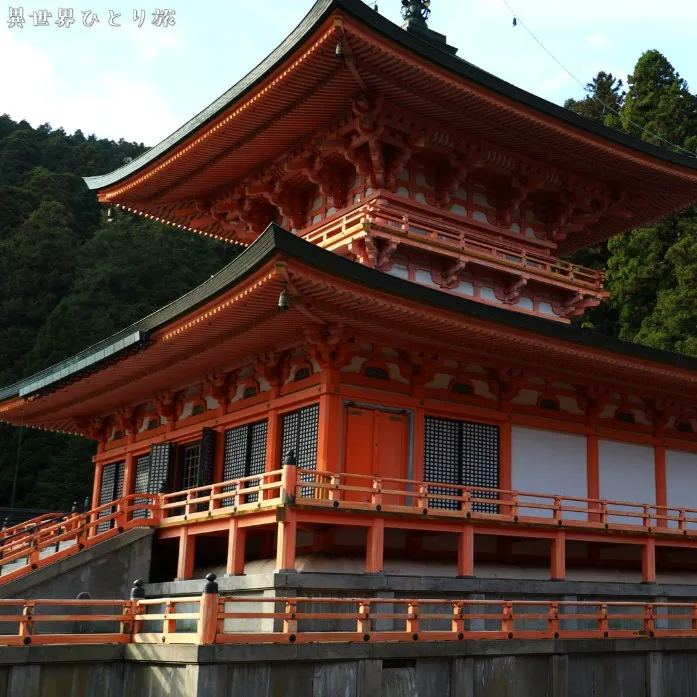
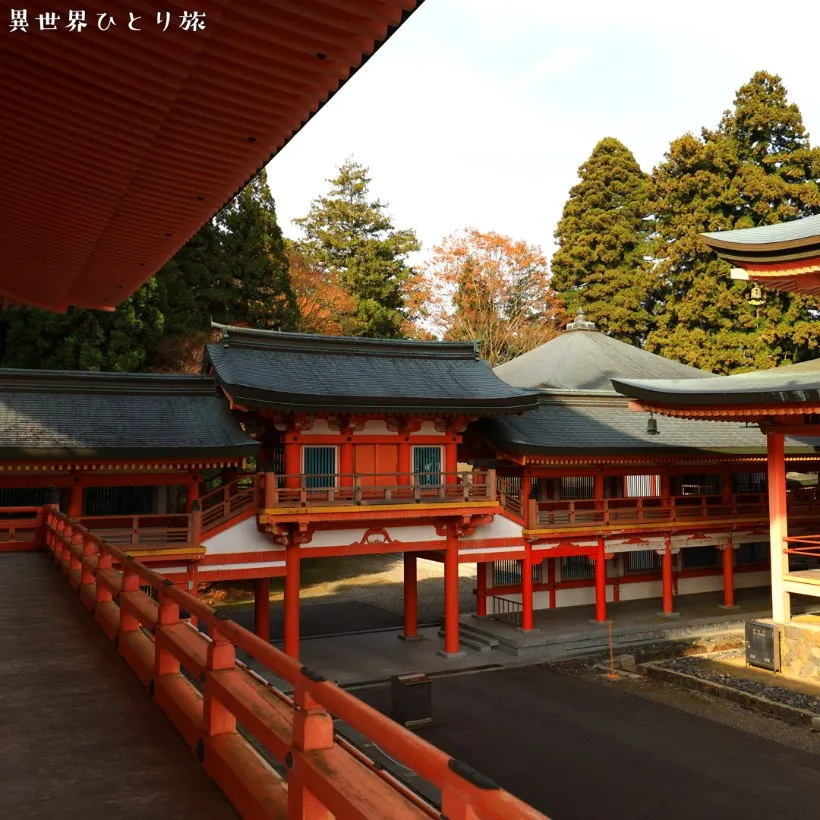
The Amida Hall is a popular place for many people to remember their ancestors.
The practice of sending merits to the deceased, known as kaimukai, is very popular in Japanese Buddhist practice, and many people practice it in the Amida Hall.
I thought this place was the most Hieizan-like.
Originally, you would return to the parking lot once here, but continue on the mountain road to the West Pagoda area.
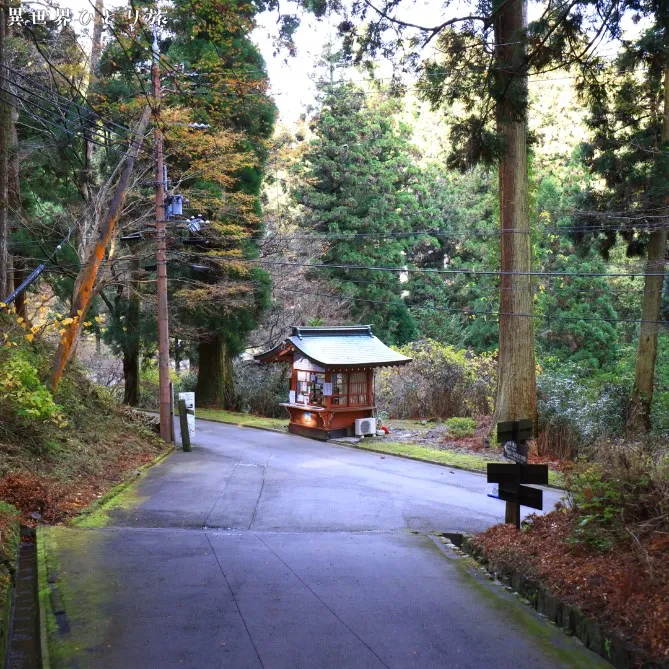

Walk from the East Tower area to the West Tower.
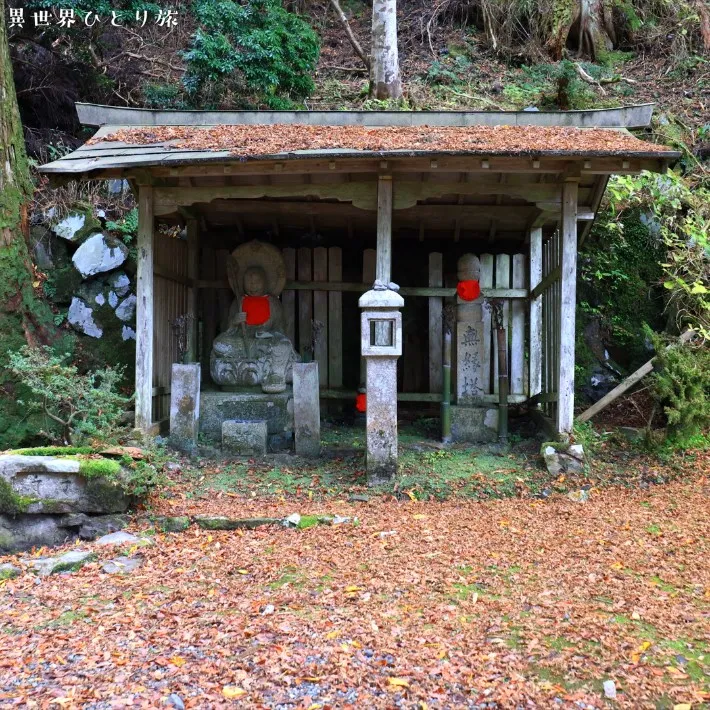
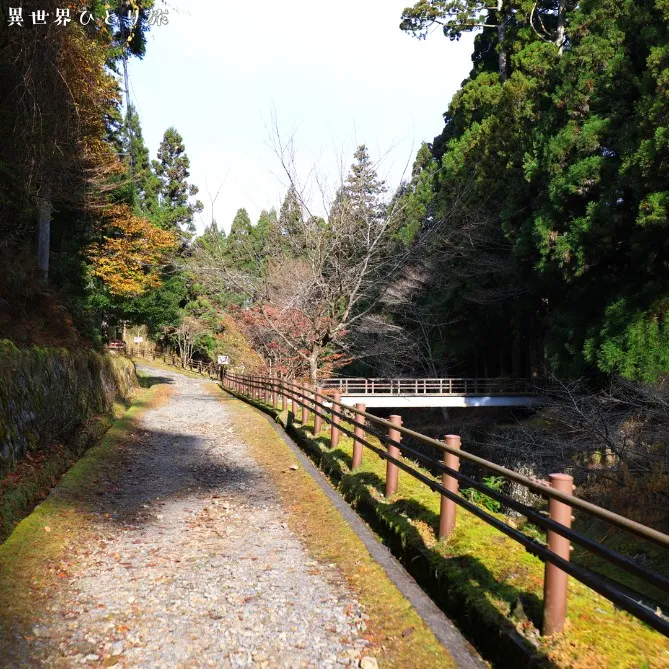
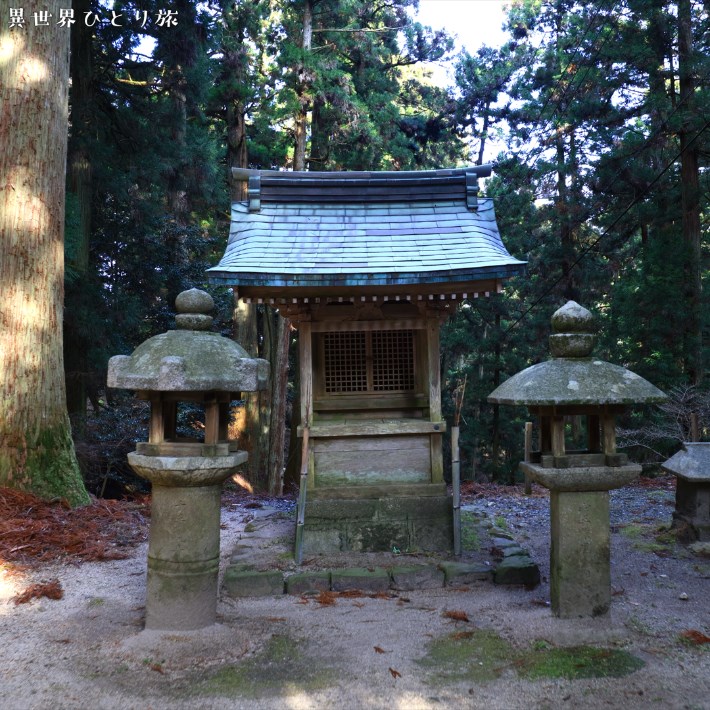
The atmosphere is more enjoyable than driving.
House of Councillors
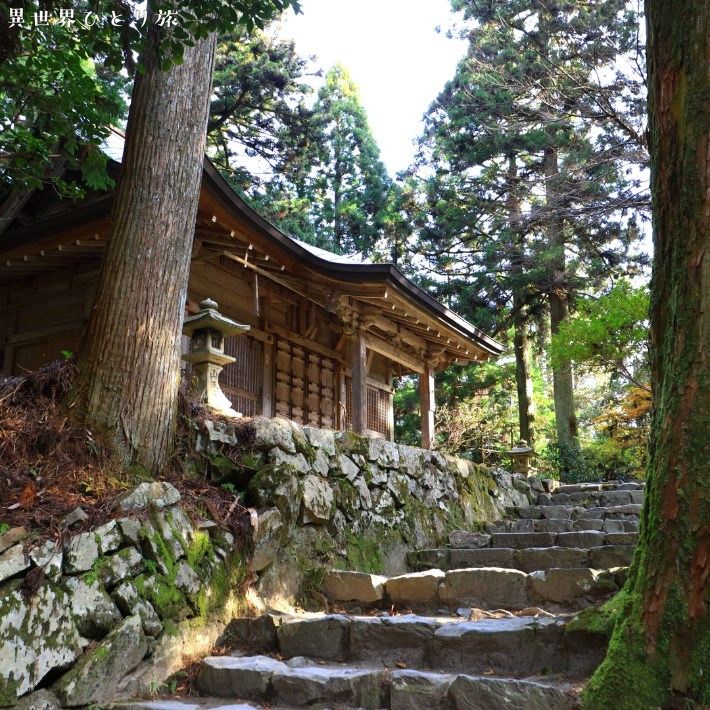
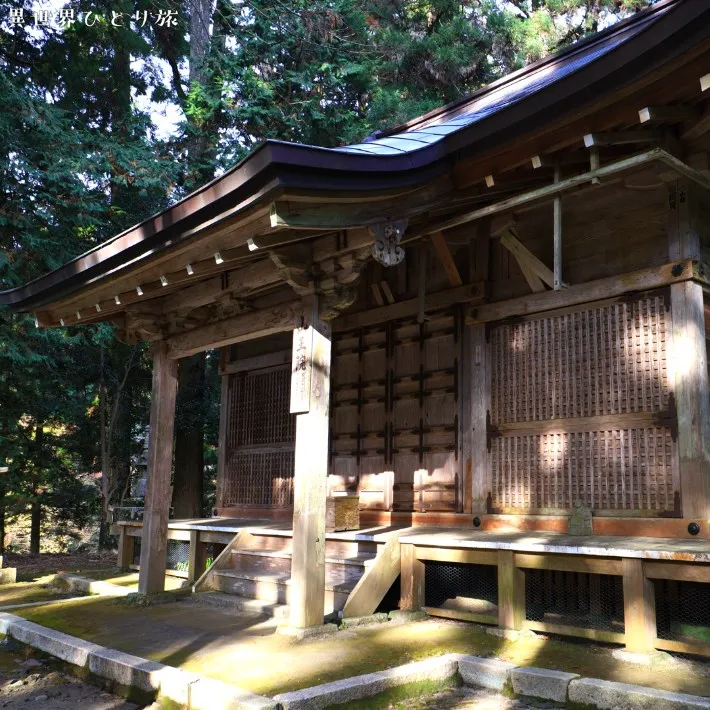
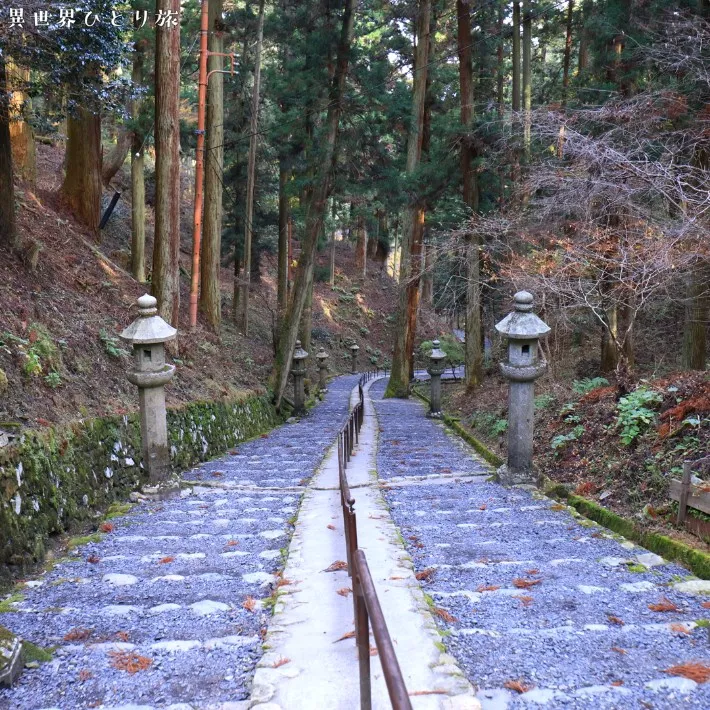

Descend this long flight of stairs to reach your next destination.
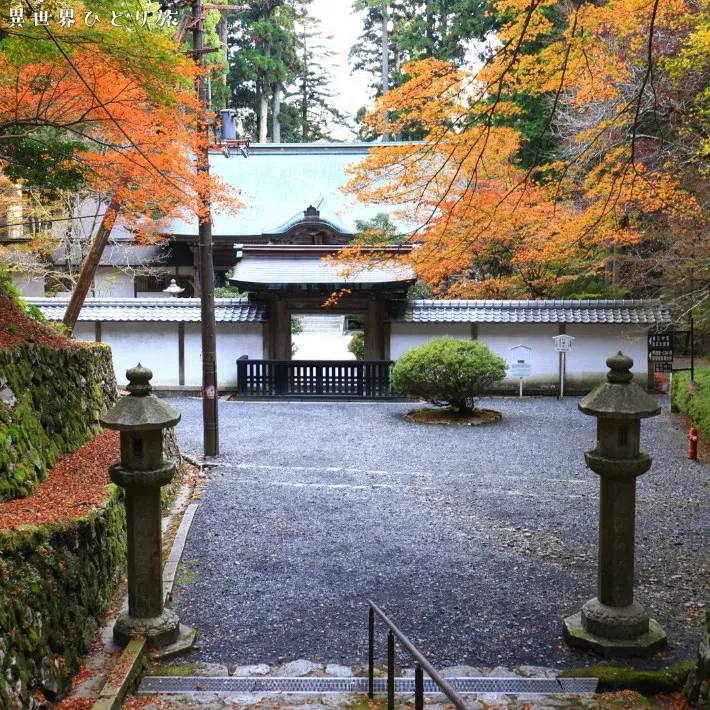
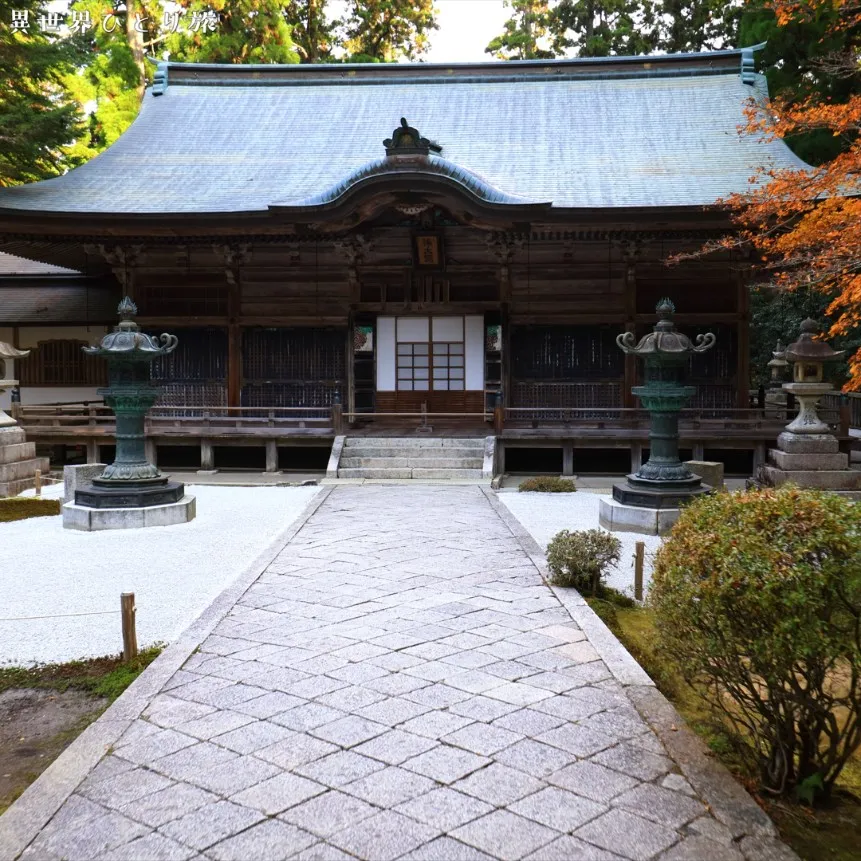
Jodoin is important to many visitors and believers as the mausoleum of Dengyo Daishi Saicho, and is known as the place where his remains are enshrined.
Saicho, who entered into Buddhism in 822 at the age of 56, was the first monk to bring the Tendai sect to Japan, and his teachings and achievements have had a profound influence on the Japanese Buddhist community.
Jodoin occupies a special place in the life of Saicho and the subsequent development of Buddhism.
Since his remains were moved here by Master Jikaku, many followers have honored and paid homage to his teachings and practices.
Its location on the boundary between the East and West Pagoda regions connects two important areas of Hieizan.

It can be reached on the way walking from the East Pagoda to the West Pagoda.
This place is less popular, and the atmosphere is very quiet and serene, so you can relax.

Location!
It’s about a 10 minute walk from the east tower of Hokke Sojiin.
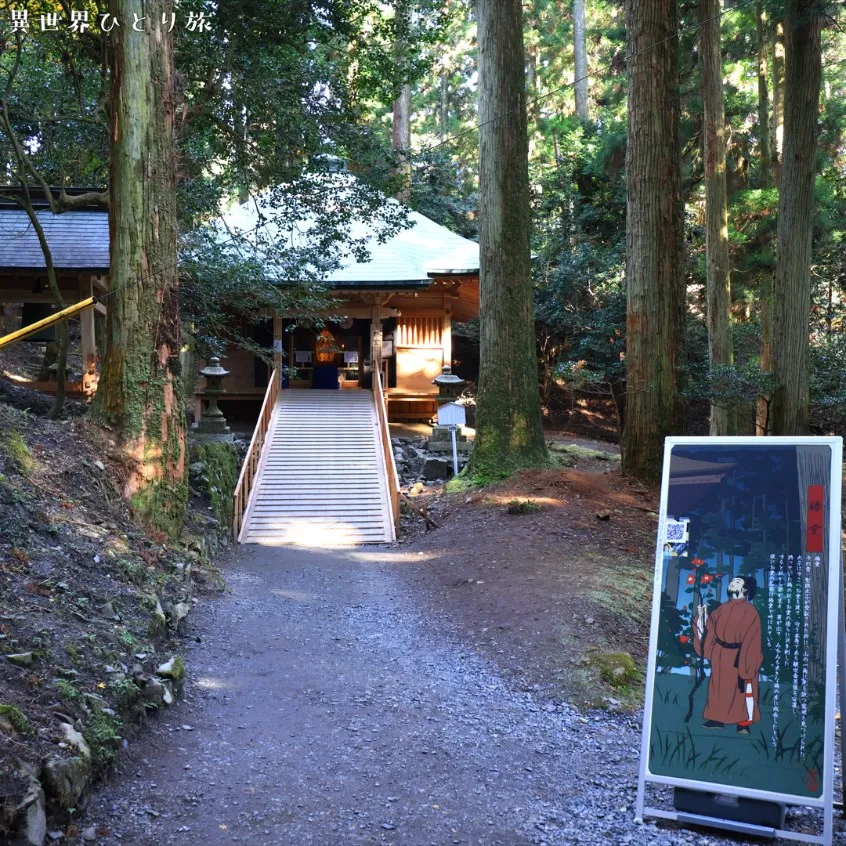
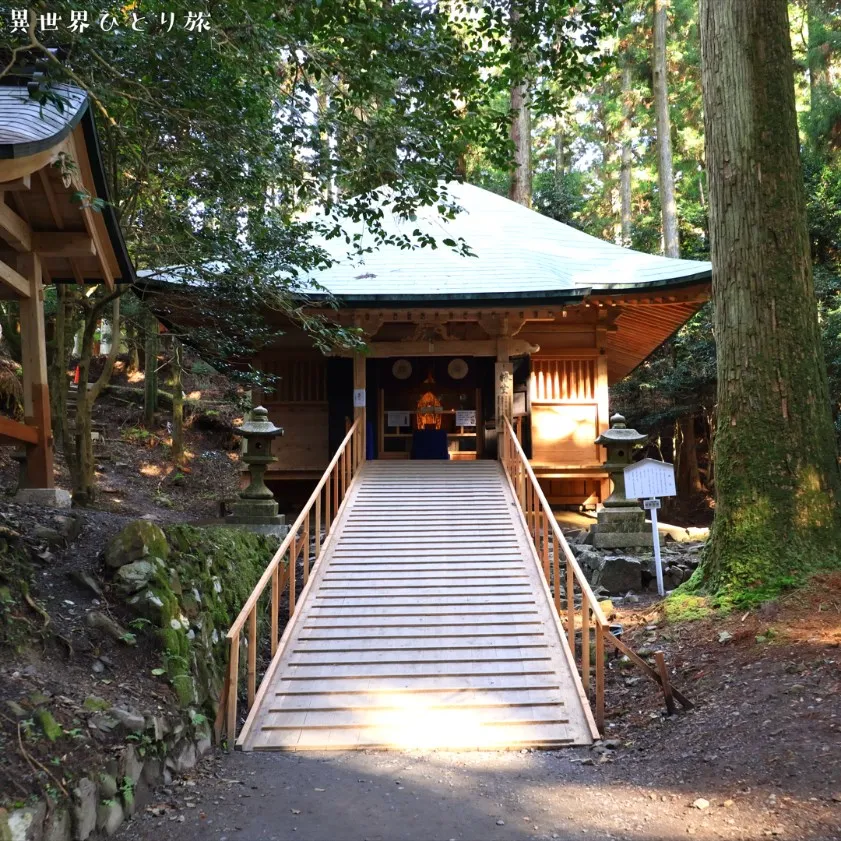

From here you will enter the West Tower area.
The distance from the East Pagoda to the West Pagoda is about 20~30 minutes, so it is not that difficult.


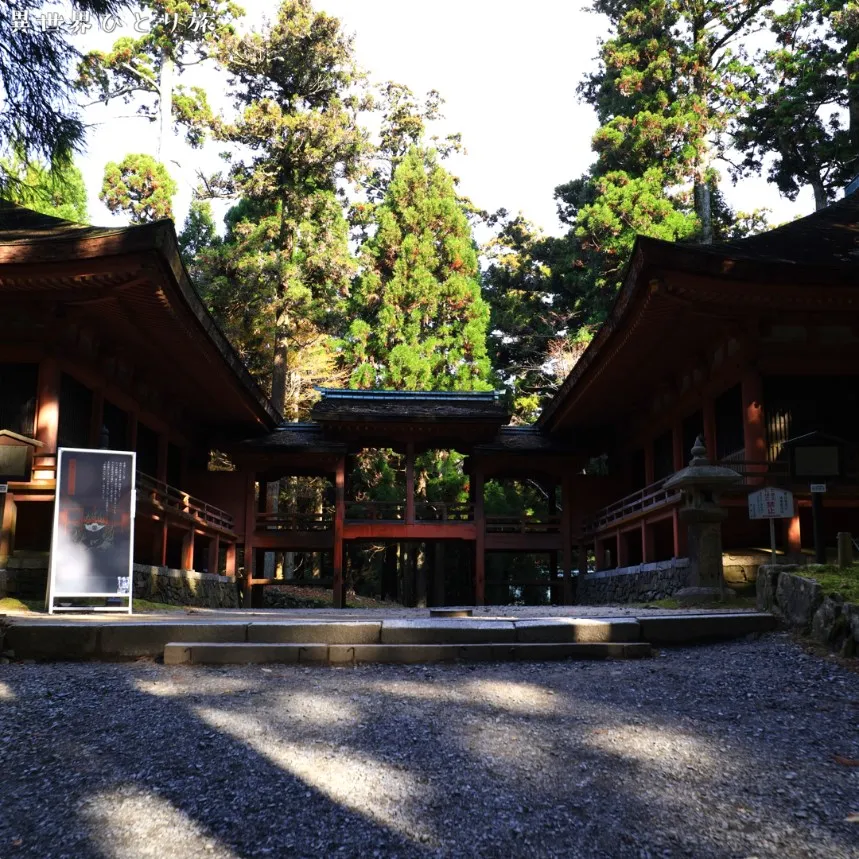
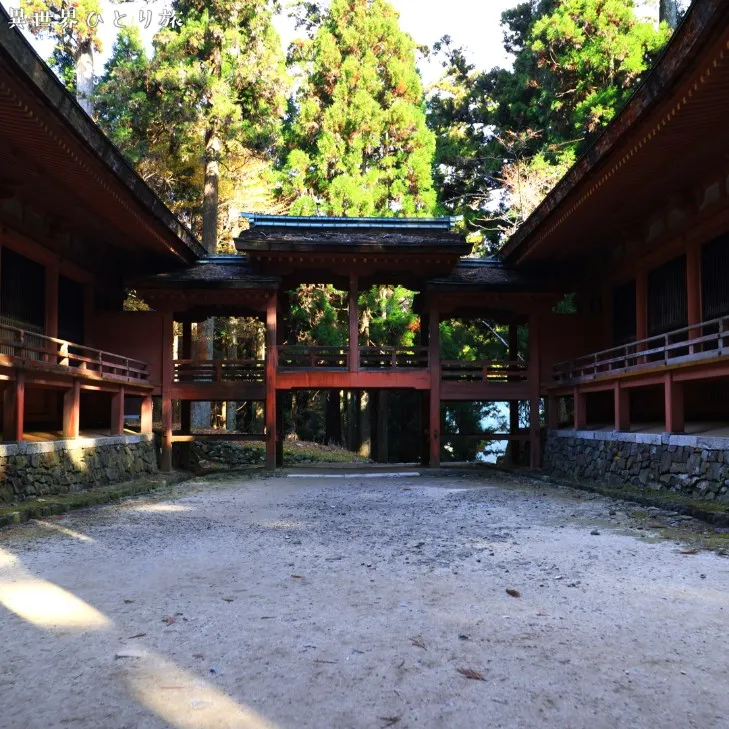
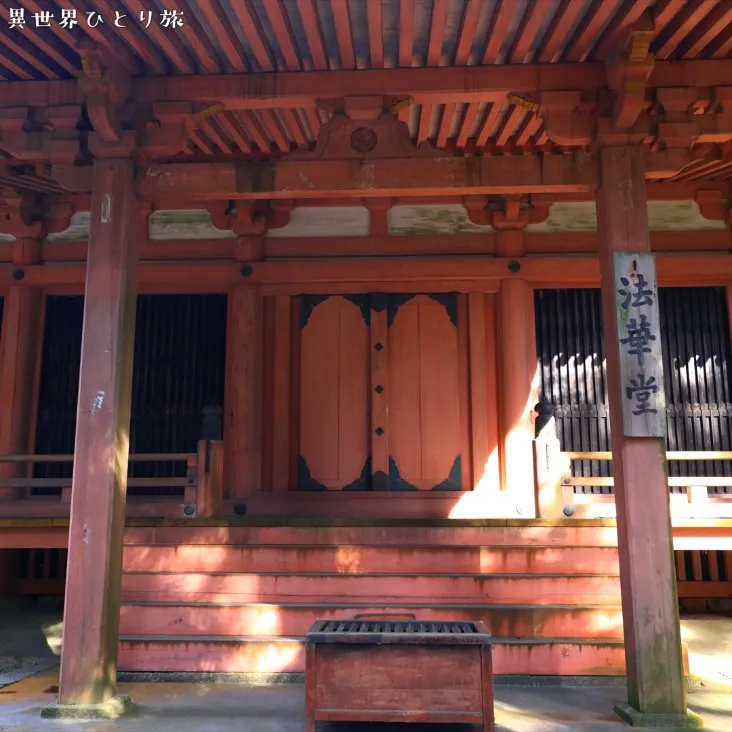
- Joko-do and Hokke-do (Ninai-do)** are religious buildings with a structure consisting of two different halls connected by a corridor.
- The main deity of Jogyodo is Amida Nyorai, who practices Jogyosamadhi, one of the four types of samadhi.
- The Hokke-do hall has as its principal deity Fugen Bosatsu (Fugen Bodhisattva), who practices “Hokke sammai” (the three stages of the Lotus Sutra).
- According to legend, Benkei, a samurai, carried the corridor connecting the two halls on his shoulders, hence the name “Ninai-do.
- Jogyodo and Hokkeido are designated as National Important Cultural Properties of Japan for their historical and cultural value.
- It is important to note that the interior of Ninai-do is closed to the general public.



- Tenporin-do (Shakyamuni Hall) is the main hall of the West Pagoda area, and its principal image is the Sakyamuni Nyoraiis enshrined.
- It is widely known as “Shakado” in general.
- The oldest of the existing Enryakuji buildings, it was originally the Kondo of Enjoji temple of Mitsui Temple, and was moved to the West Pagoda in 1595 by Toyotomi Hideyoshi.
- Together with the West Pagoda Belfry, it is designated as a National Important Cultural Property due to its historical and cultural value.
Distinctive Jizo
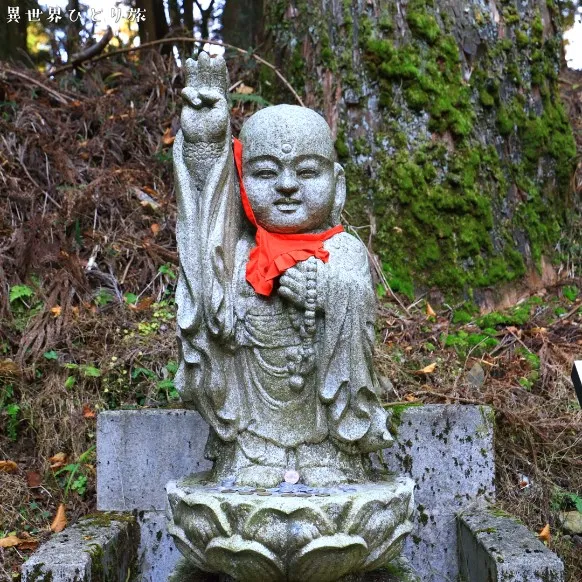

For some reason, there is a three-piece Jizo statue.
Approximately 1 hour walk from the West Pagoda to Yokogawa parking lot

From here it is about an hour’s walk to the Yokogawa parking lot.
Frankly, it was quite difficult and I regretted walking a bit.
There was not much to see, so I recommend taking a bus or other means.


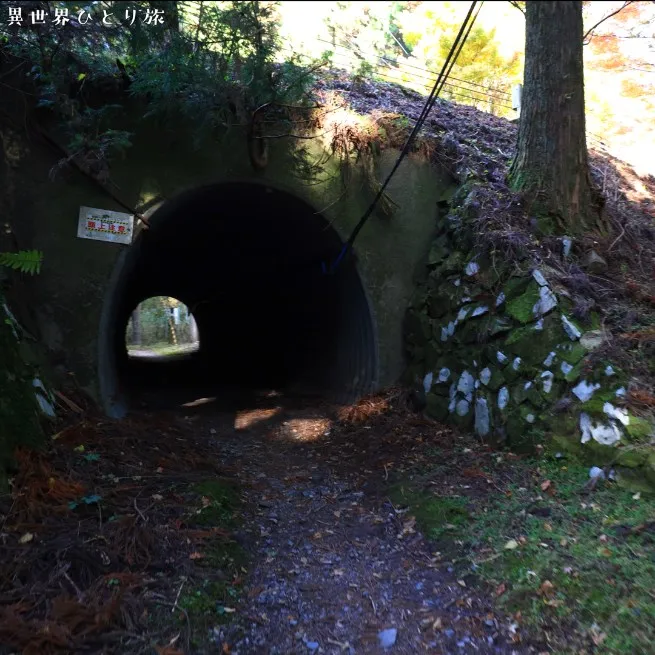

Climbing and descending mountain paths.
You can also go through mysterious tunnels that are not well understood.
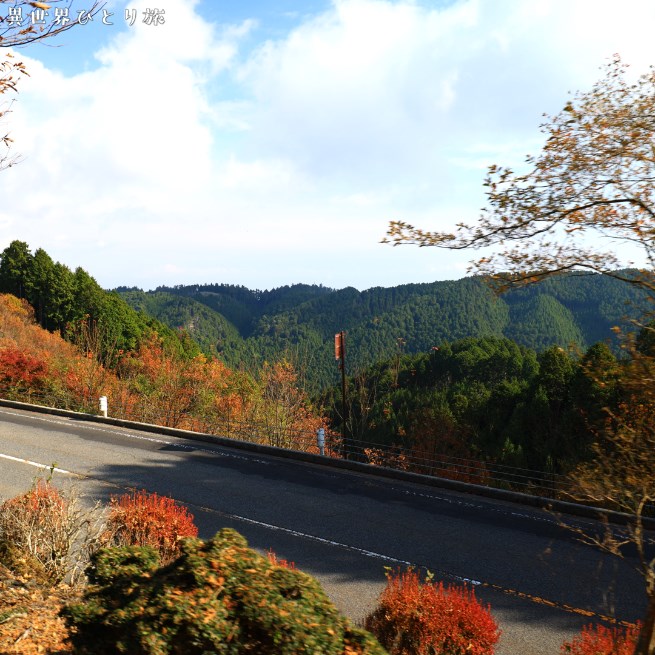

Sometimes it merges with the driveway, which is a bit of a relief.
Frankly, I’m afraid of meeting a bear.
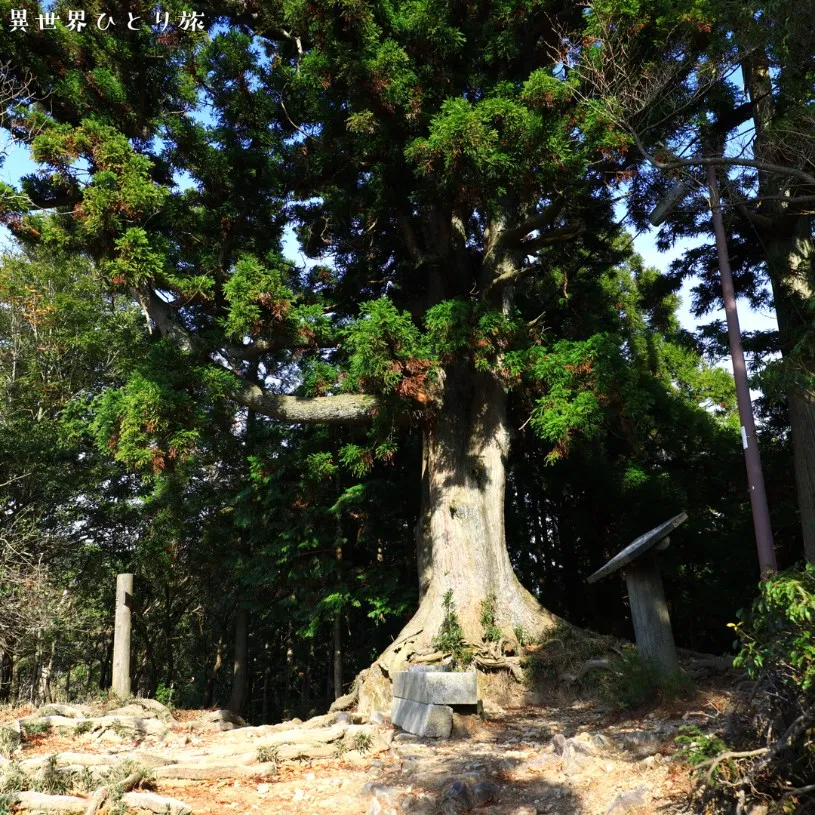
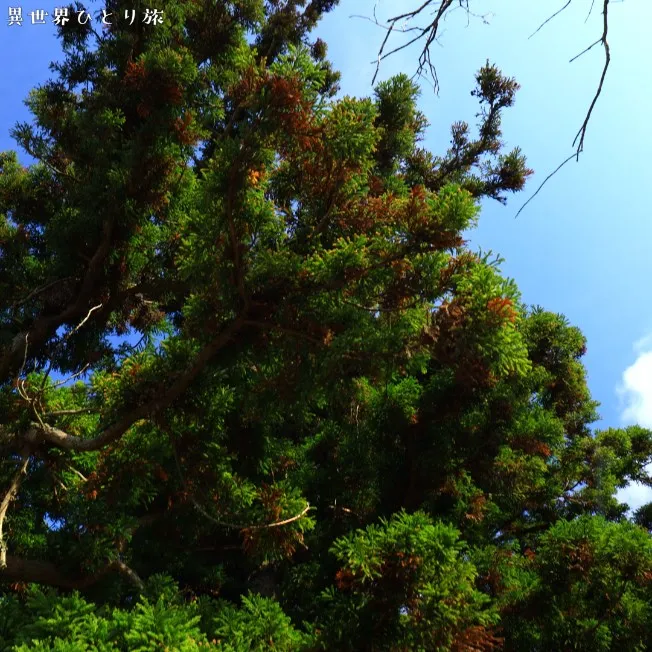

This is the “Gyokutai cedar” located a little further than the middle of the Yokogawa parking lot from the West Pagoda.

Further on, you will meet a landmark sign and a Jizo-san.
If it is 1.6 km, it is already right under our noses.
Hieizan Yokogawa Area|Parking

- The Yokogawa area is centered around the Yokogawa Chudo, the main hall.
- Yokogawa is located approximately 4 kilometers north of the West Tower.
- It was opened by Jikaku Daishi Ennin, the third Tendai Seated Master.
- The main hall features the Yokogawa Chudo, a stage structure modeled after a Japanese envoy ship to the Tang Dynasty.
- Other important buildings include Keishindo (where monk Genshin, author of the Ojo-Yoshu, lived in seclusion) and Shiki Kodo (Gensan Daishi Hall, known for its omikuji (fortune telling) and protection from evil spirits. (Gensan Daishi Hall, which enshrines Ryogen, the Great Monk Genshin, the author of the Oujo-yoshu (The Book of Life and Death).
- Access is approximately 15 minutes by shuttle bus from the East Tower area and over 100 minutes on foot (via the Tokaido Nature Trail). It is also approximately 10 minutes by shuttle bus from the West Tower area.

We finally arrive at the Hieizan Yokogawa parking lot.
To be honest, I should have taken the bus because it was almost a mountain from the west tower to Yokogawa.
From here, you can explore the Yokogawa area.
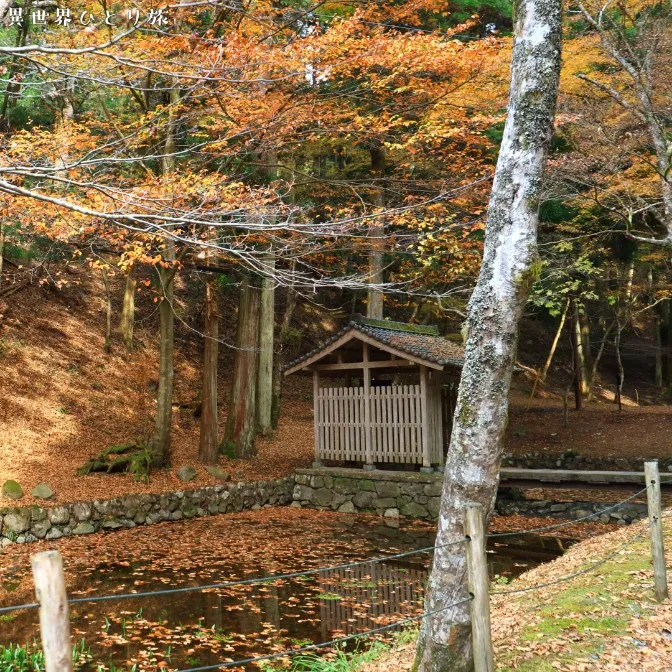


It is located at the foot of Yokogawa Chudo, down the hill from the parking lot.

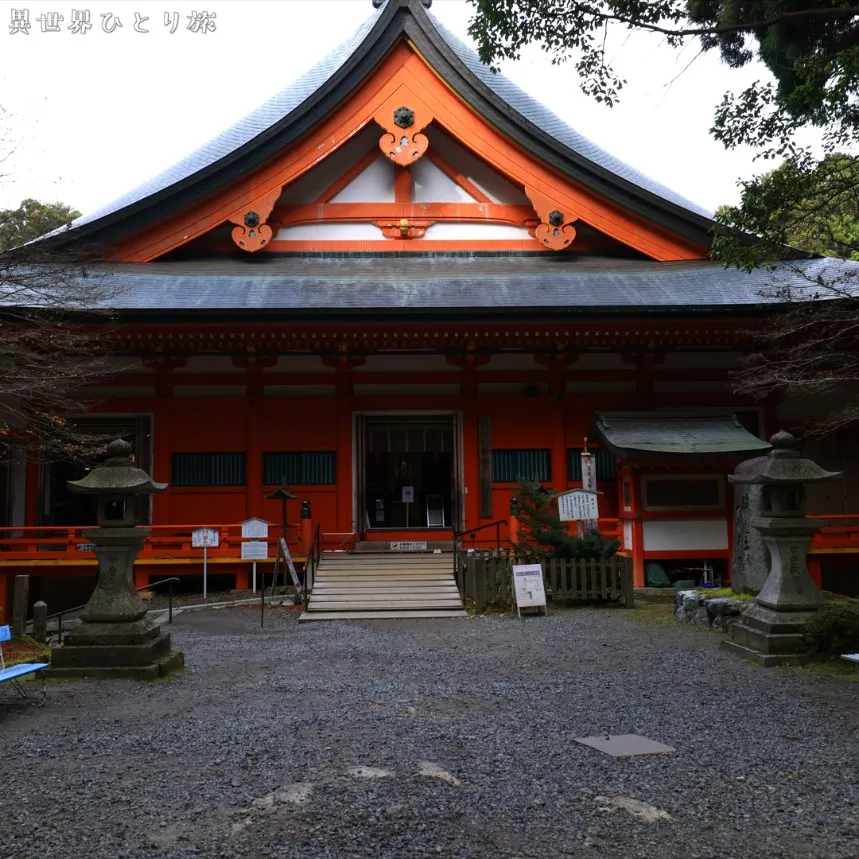
- Yokogawa Chudo is the main hall of the Yokogawa area and has a distinctive stage structure. The overall shape has the unique appearance of a boat floating on the water.
- The center of the hall is lowered by about 2 meters, where a statue of the Bodhisattva of the Holy Kannon is enshrined as the principal object of worship. The statue is said to be by Jikaku Daishi Ennin and is designated as a National Important Cultural Property.
- The current Yokogawa Chudo building was reconstructed in 1971.
- The Yokogawa Bell Tower in the precincts of the temple is also designated as a National Important Cultural Property.
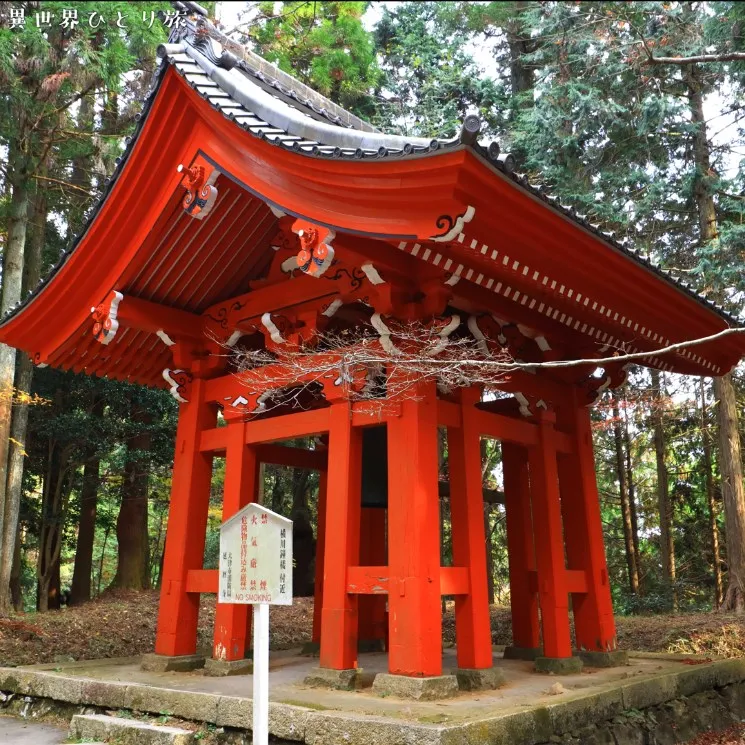

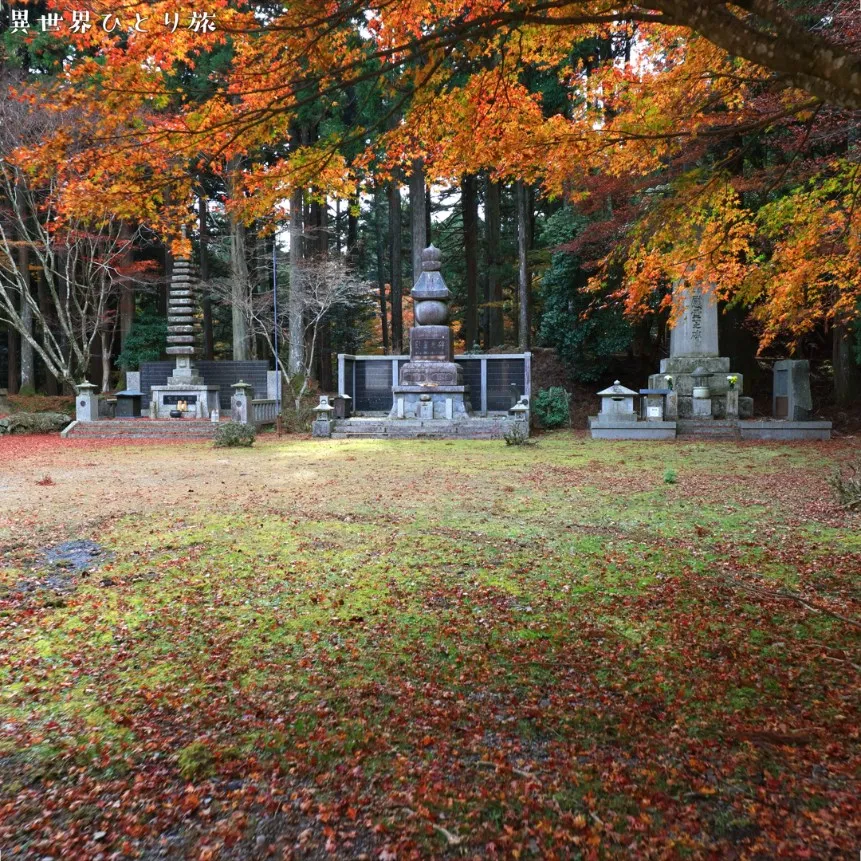


- Keishindo is considered an important Buddhist cultural site, especially in the development of Pure Land Buddhism in Japan.
- Genshin, also known as “Eshin monk,” authored the “Ojo-yoshu” and the “25 Samadhi Formula” here. His teachings and writings formed the foundation of the Jodo sect and Jodo Shinshu in later generations, and played an important role in the development of Jodo in Japan.
- The Amida Nyorai is enshrined as the principal deity, and the temple is considered to be a place of Buddhist practice.
- Keishindo itself is not open to the public, and access to the interior is not permitted.
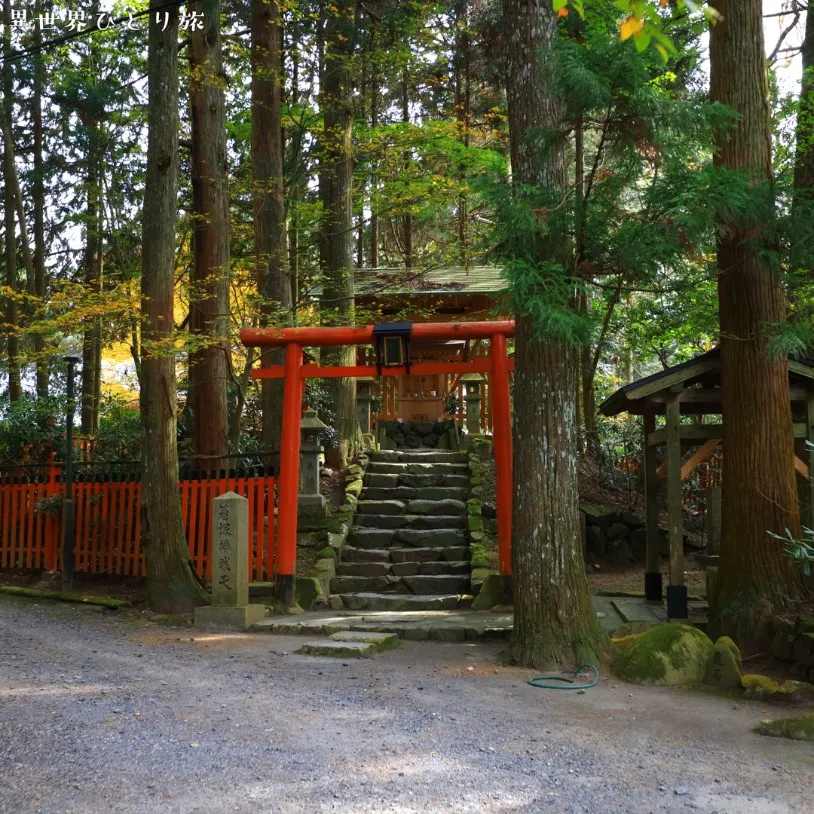
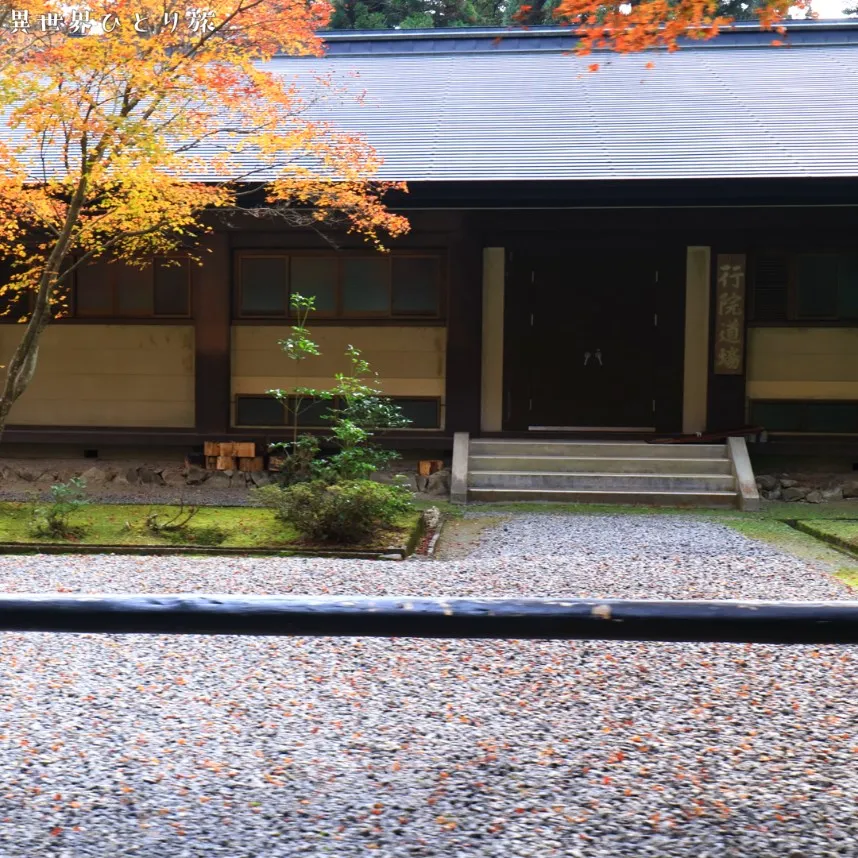
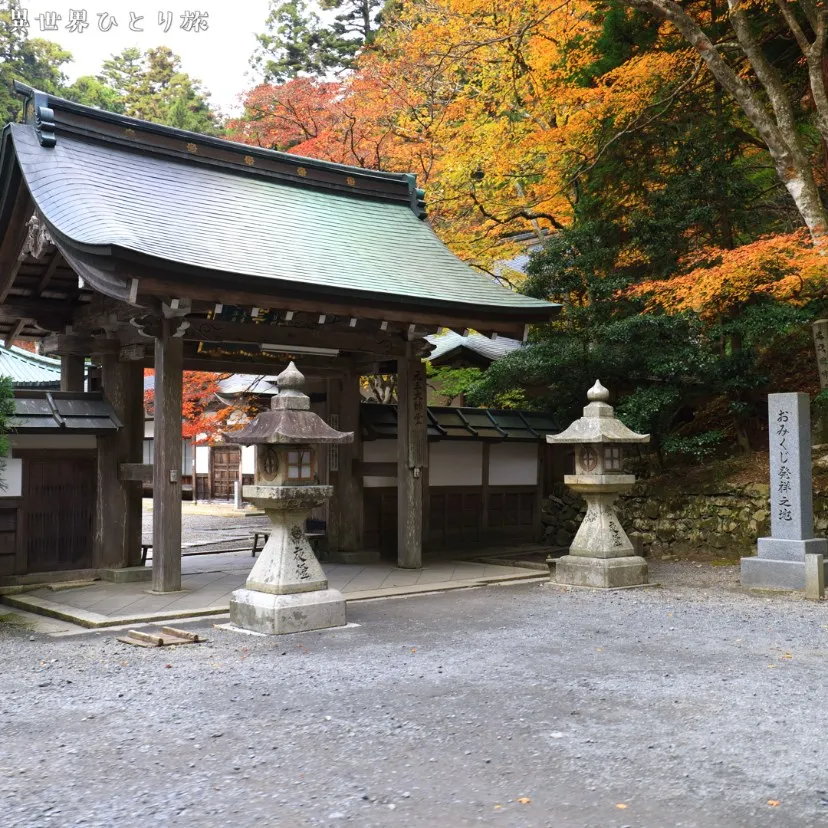
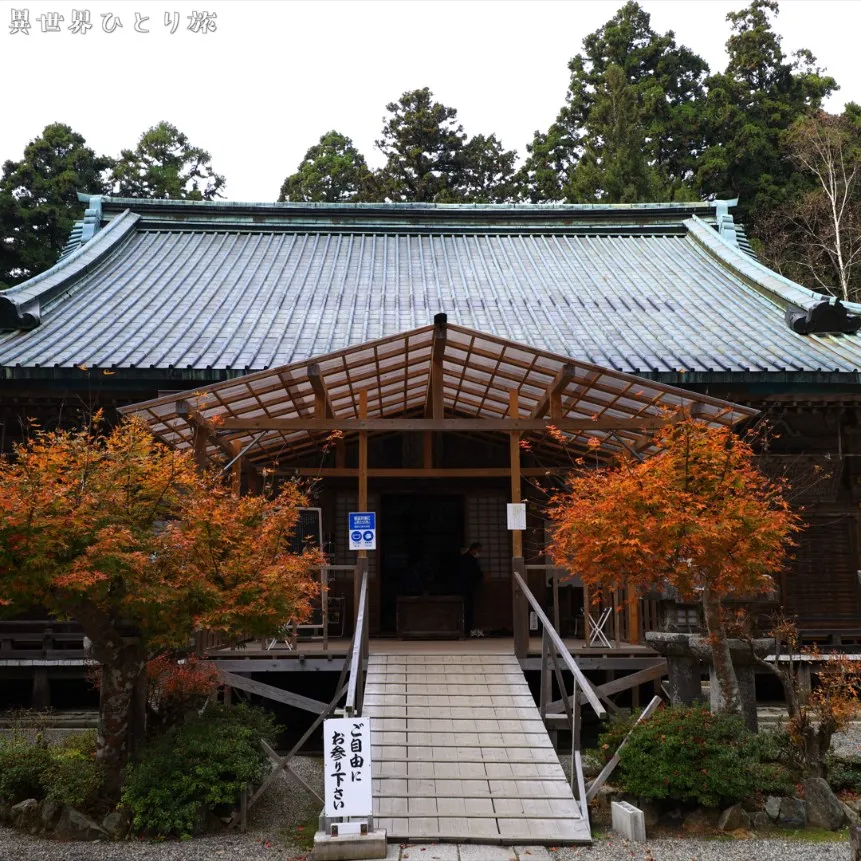
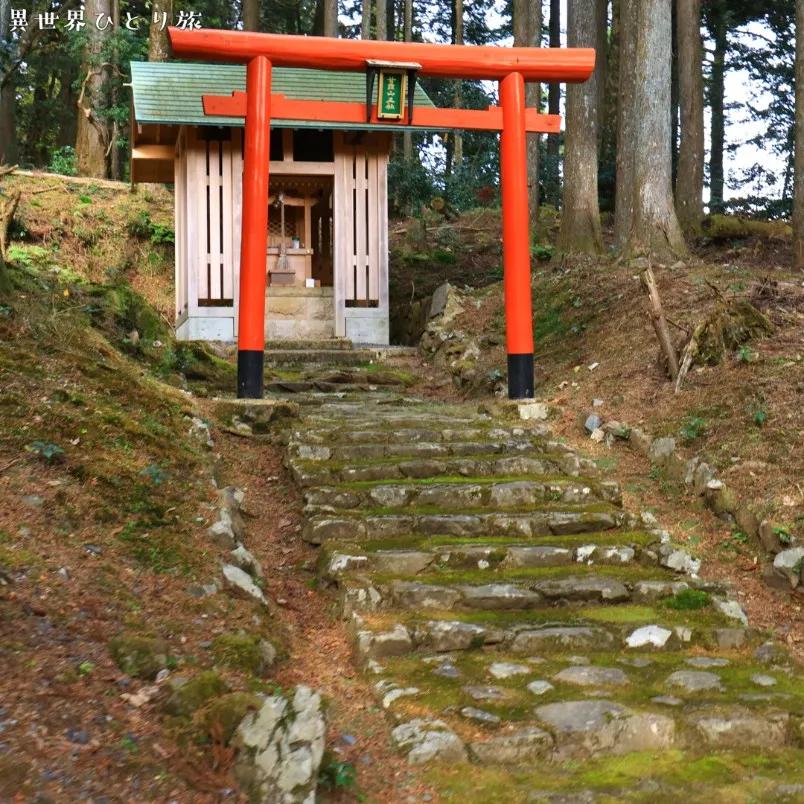
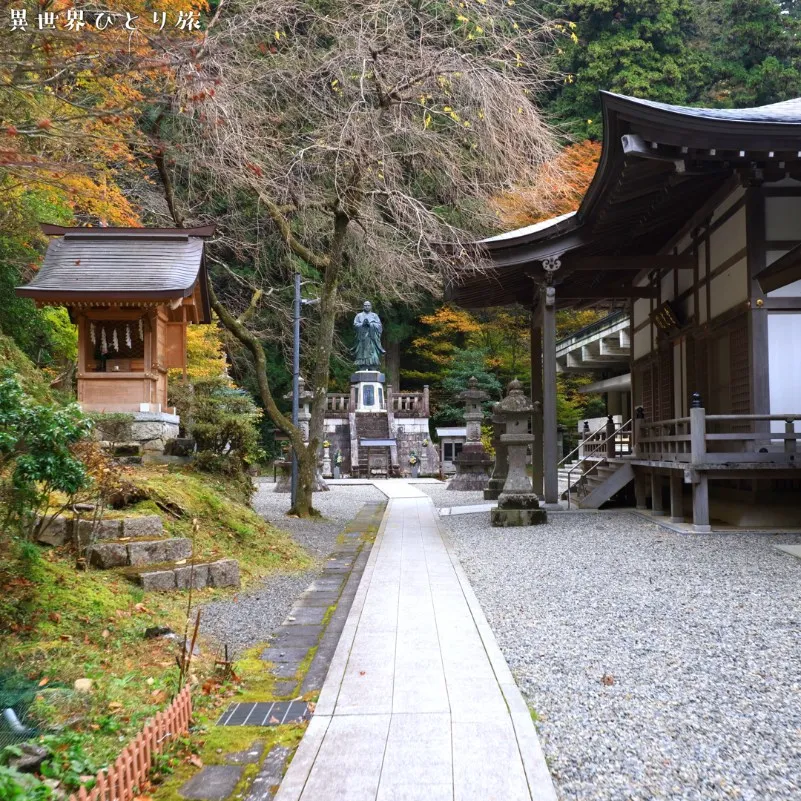
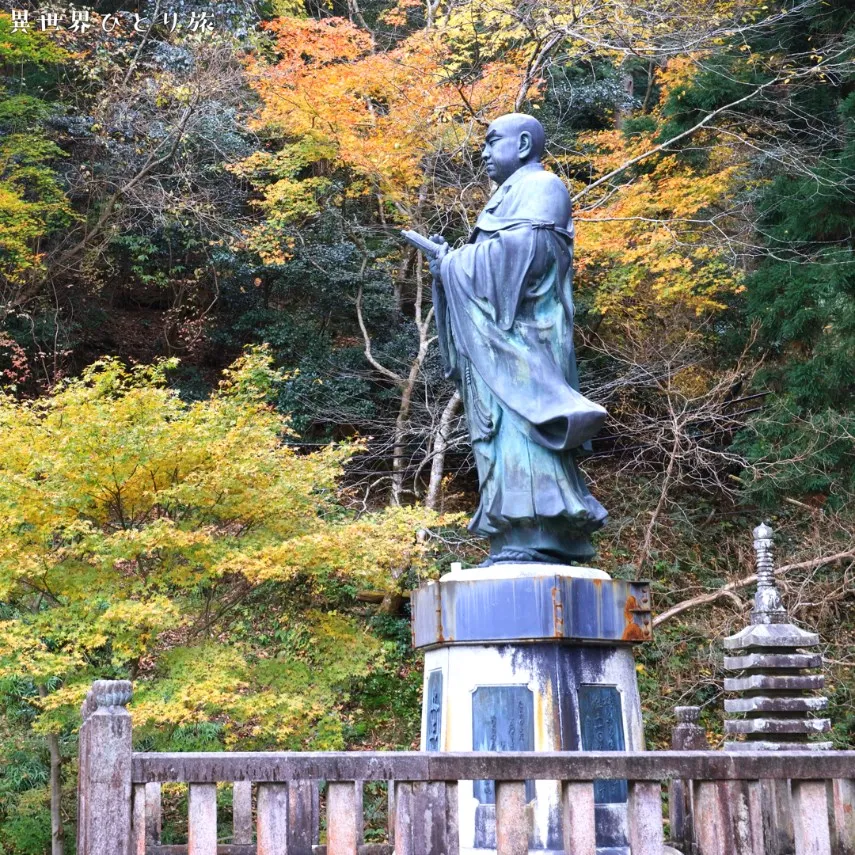
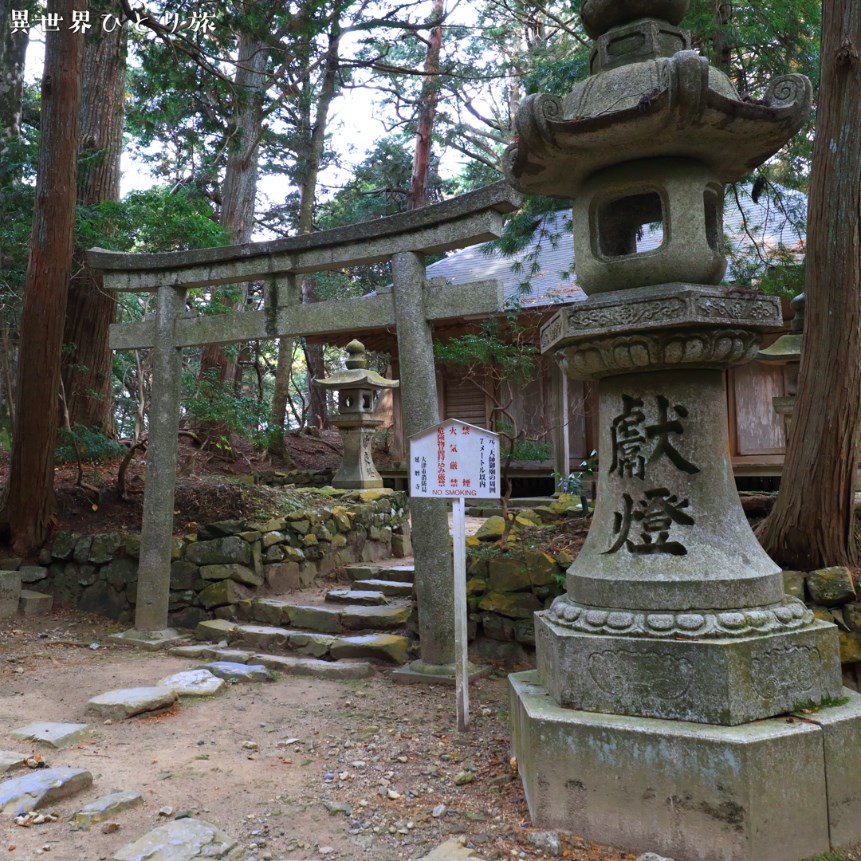

So we are done here.
It was quite a challenge, but there were quite a few highlights.
- 00:00 Opening
- 00:18 Metasequoia-lined avenue
- 02:20 Lakeside Green Shina & Taira Lake
- 03:22 Oki Island
- 04:25 Karasaki Shrine
- 04:51 Lake Biwa 1st Canal
- 05:25 Aragamiyama
- 07:01 Sone Swamp
- 07:24 Ishiyama Temple
- 08:45 Yadai Ryuoh Shrine
- 09:15 Yutaka Park
- 10:06 Lake Biwa Bridge
- 10:32 Hachiman moat
- 11:57 Hiyoshi-taisha Shrine
- 12:41 Sakamoto Joshi Park
- 13:15 Hiyoshi-taisha Shrine Nanabonryu Torii (seven willow torii)
- 13:47 Zenjo Castle Ruins Park
- 14:19 Karabashi Bridge in Seta
- 14:58 Kitakomatsu Swimming Beach
- 15:22 Renkai Temple
- 15:52 Hikone Castle
- 16:36 Genkyuen
- 18:00 Matsubara Swimming Pool
- 18:23 Ryutan Temple
- 18:44 Mt. Sawa
- 19:16 Kawachi Wind Cave
- 20:06 Katsura at Idojinja Shrine
- 20:41 Ruins of Mukonokura village
- 21:28 Seikyoji Temple
- 22:06 Former Chikurin-in Temple
- 22:46 Old school buildings of Toyosato Elementary School
- 23:42 Snowy Takatsuki Town
- 24:32 Nishino Waterway
- 26:23 Tsukide, Nishiazai-cho
- 26:58 Maple Tree Pond
- 27:44 Mt. Ibuki
- 28:02 Cherry blossoms in Taga
- 29:00 Takatoriyama Fureai Park
- 29:29 Ruins of Taga SL Park
- 29:56 Takage Island
- 30:48 West Lake
- 31:47 Dingnogi River
- 32:07 Kakunohama, Hariehama Spring
- 33:39 Kakunohama, Hariehama Summer
- 34:34 Yasu River
- 34:41 Zenshuidera Temple
- 35:06 Male demon village
- 36:38 Shasaki-jinja Shrine
- 37:02 Gokasho Kondo Town
- 37:27 Oshiro Shrine
- 37:44 Botanical Park Mizu no Mori
- 38:30 Anegawa Dam
- 39:27 Onyu Pass
- 40:37 Takefu Island
- 41:47 Sakunami Temple
- 42:45 Ruins of Tsuchikura Mine
- 43:30 Oku-Biwako Parkway
- 43:56 Lakeside Green Okudehama Park
- 44:29 Yabashi Kihanjima
- 44:45 Omi Ohashi Bridge
- 45:03 Lake Yogo
- 48:37 Lakeside village of Sugaura
- 50:17 La Collina Omihachiman
- 51:00 Ruins of Imahata Village
- 51:40 Enryakuji Temple, Hieizan
- 53:00 Jokoin
- 53:19 Lake Kankawauchi
- 53:48 Aichi River
- 54:26 Izaki Temple
- 55:14 Evening view of Okijima
- 55:57 Kaizu-Osaki
- 59:03 Shirahige Shrine

The superb view of Shiga Pref. is here.

![Oise pilgrimage] 10 power spots to visit in conjunction with Ise Jingu Shrine](https://isekai-hitoritabi.com/wp-content/uploads/2023/03/2023-03-02_16h36_51-640x360.webp)

![Complete Guide] Togakushi Shrine Five-Shrine Tour on Foot](https://isekai-hitoritabi.com/wp-content/uploads/2023/02/2023-02-15_20h25_42-640x360.webp)

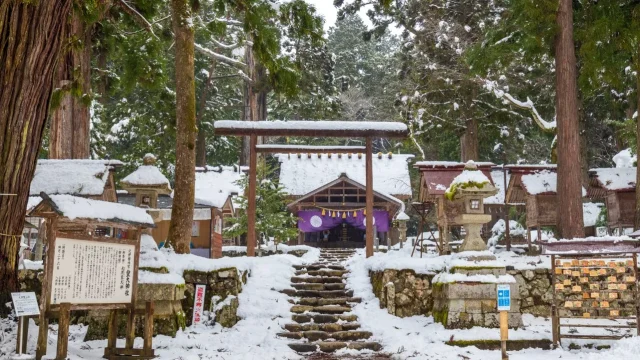

![Power Spots in Nagano] Hotaka Shrine (Azumino) & Hotaka Shrine Okumiya (Kamikochi) Guide](https://isekai-hitoritabi.com/wp-content/uploads/2023/02/2023-02-23_20h42_46.webp)
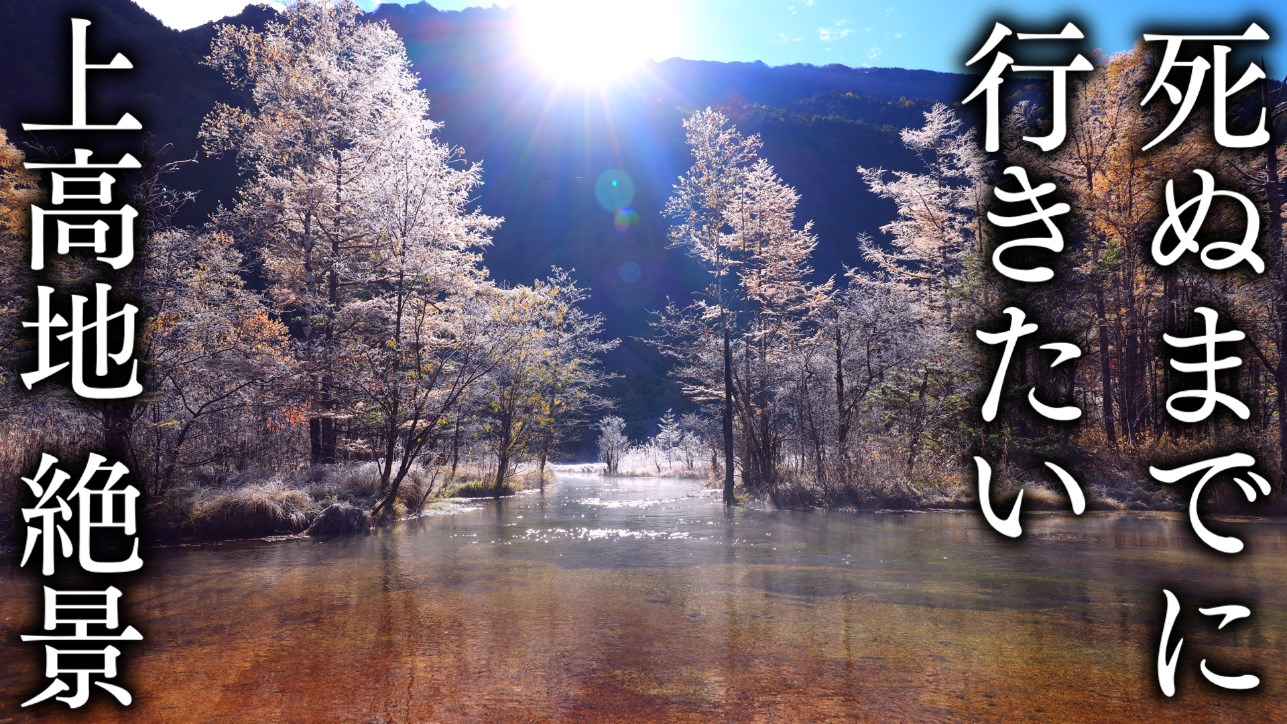
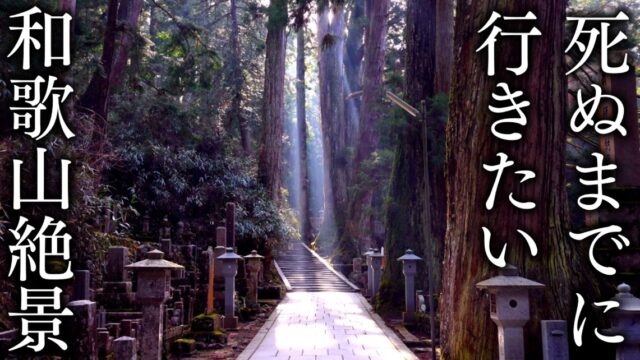

![Power Spot Tour: 100 Views of Kyoto's Temples, Shrines, and Buddhist Temples [Completely Preserved Edition].](https://isekai-hitoritabi.com/wp-content/uploads/2023/05/2023-05-06_08h58_23-640x360.webp)
